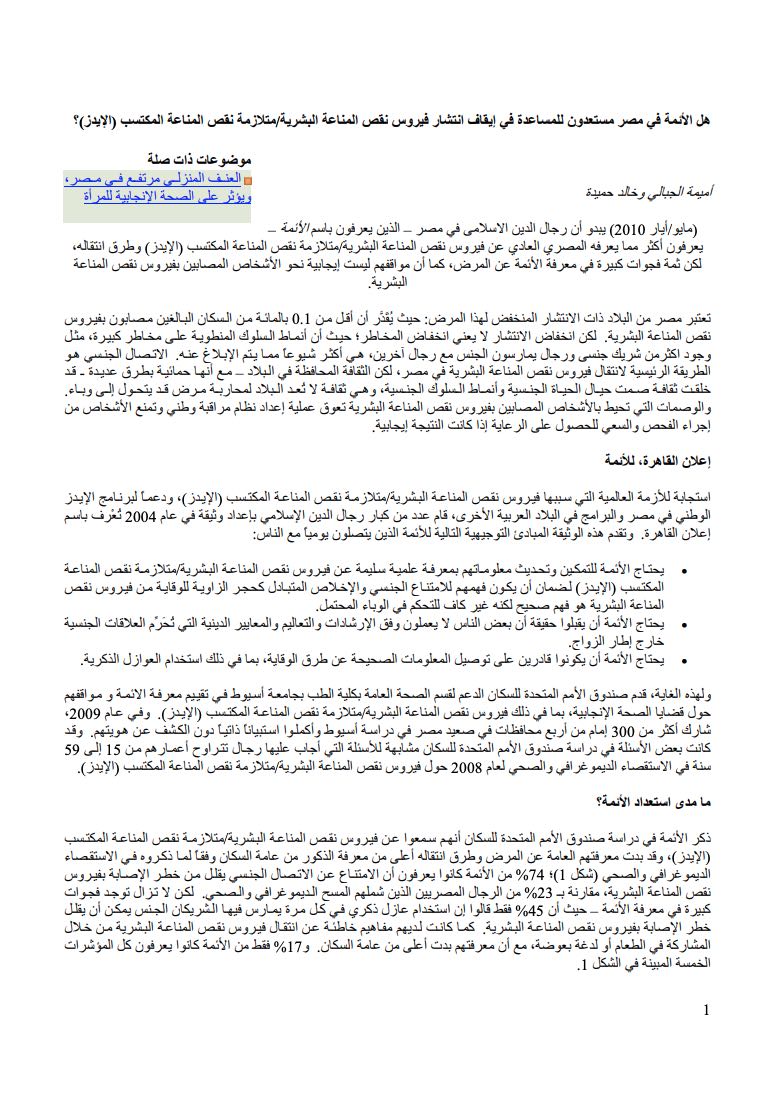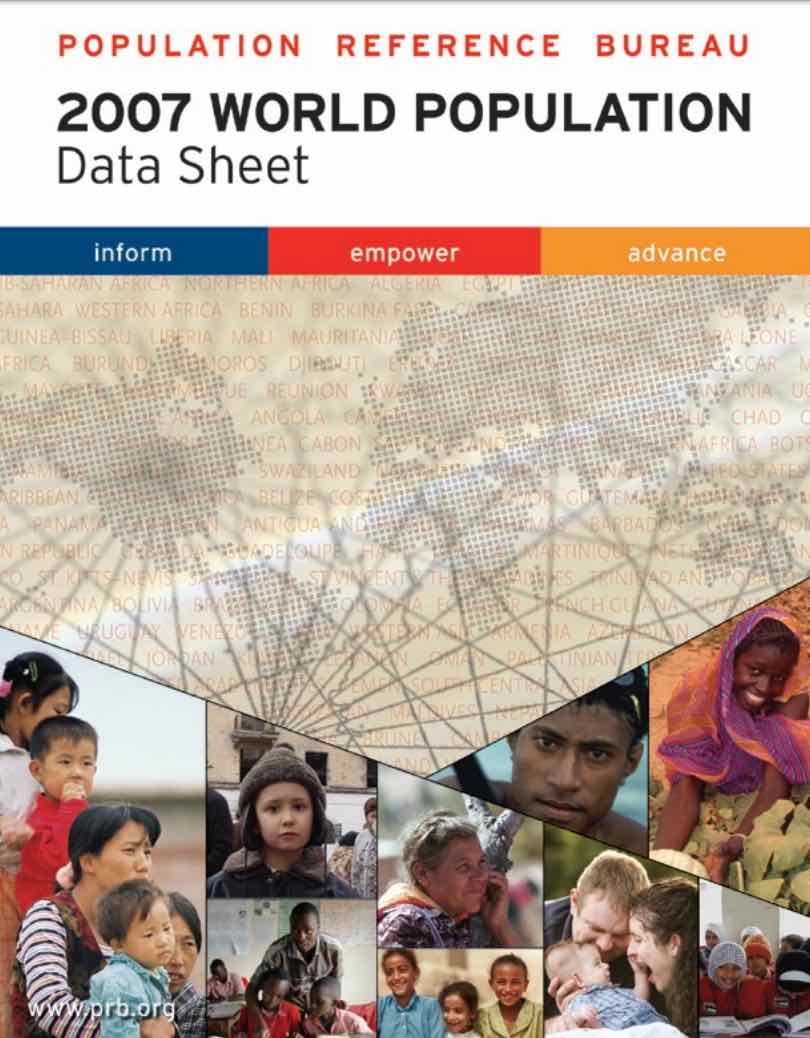Project: PACE: Policy, Advocacy, and Communication Enhanced for Population and Reproductive Health
Digital Health
Explore PRB and PACE’s work at the intersection of digital health technologies and family planning programming.

Project: PACE: Policy, Advocacy, and Communication Enhanced for Population and Reproductive Health
Explore PRB and PACE’s work at the intersection of digital health technologies and family planning programming.
(2012) For some time now, Brazil, Russia, India, and China have been grouped together under the acronym BRIC. The BRICs are described as countries at the same stage of economic development, but not yet at the point where they would be considered more developed countries. The BRIC position argues that, since the four countries are "developing rapidly," their combined economies could eclipse the collective economies of the current richest countries of the world by 2050.
(2006) Undernutrition remains a devastating problem in many developing countries—affecting over 815 million people and causing more than one-half of all child deaths.1 But while governments in these countries continue efforts to reduce hunger, that focus neglects the growing rate of overweight and obesity in the developing world.2 Increasingly, health systems in poor countries are simultaneously confronting under- and overnutrition—not only at the national level, but also within households.
(2010) Countries struggle with measuring their poverty populations, a figure that often determines the distribution of public assistance funds to those in need.
(2011) The United Nations Development Programme's 2011 Human Development Report examines the relationship between environmental degradation and inequality. Environmental challenges increase inequality, while inequalities in human development such as income, health, and education can further strain the environment.

Explaining why a behavior is wrong is the least harmful form of discipline for a young child’s development, new analysis suggests

(2014) Worldwide, childbearing decisions may be more of a group effort than we realized.

Malnutrition plays a role in the deaths of about 16,000 young children every day, virtually all of them in the developing world.